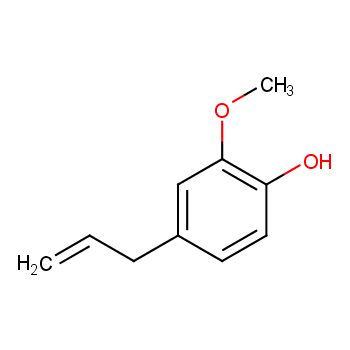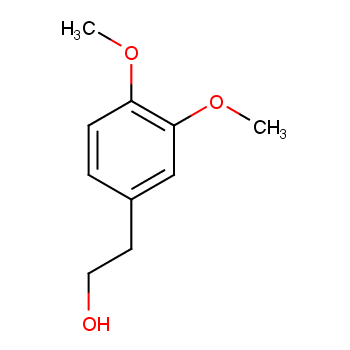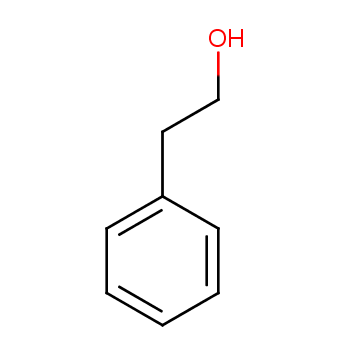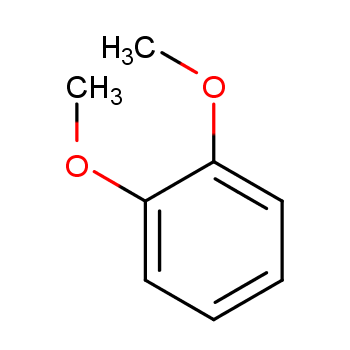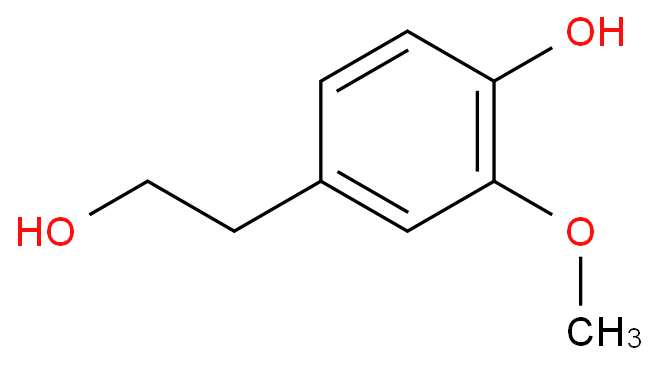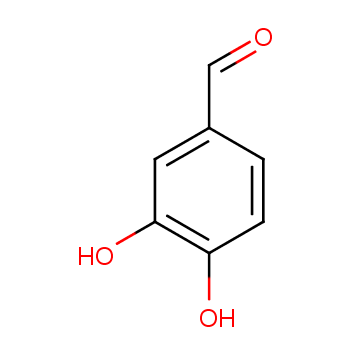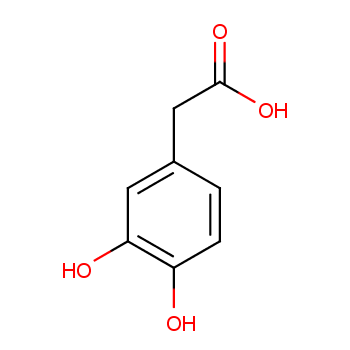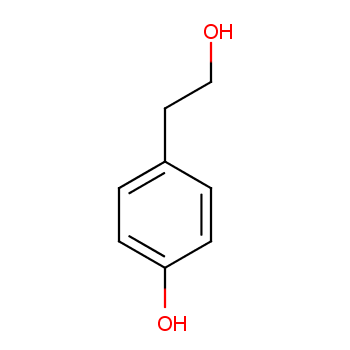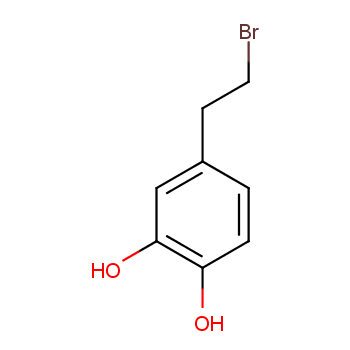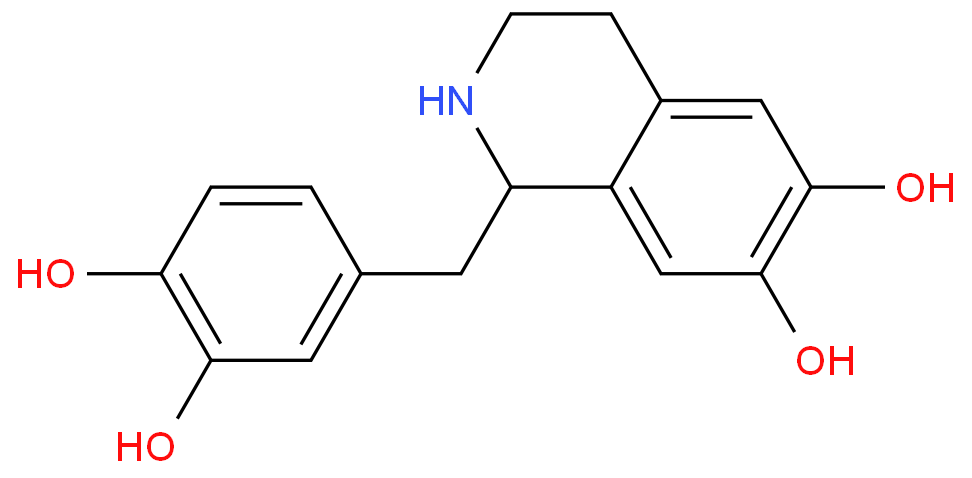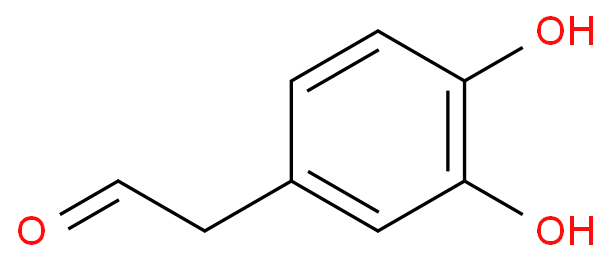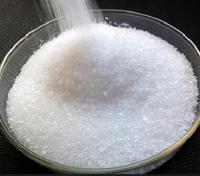Hydroxytyrosol (DOPET) is a phenolic compound drawn from the olive tree and its leaves with anti-oxidant, anti-atherogenic, anti-thrombotic, antimicrobial, anti-inflammatory and anti-tumour effects[1][2].
Solid
Hydroxytyrosol is a member of the class of catechols that is benzene-1,2-diol substituted by a 2-hydroxyethyl group at position 4. Isolated from Olea europaea, it exhibits antioxidant and antineoplastic activities. It has a role as a metabolite, an antioxidant and an antineoplastic agent. It is a member of catechols and a primary alcohol. It derives from a 2-(4-hydroxyphenyl)ethanol.|Hydroxytyrosol has been used in trials studying the prevention of Breast Cancer.|Hydroxytyrosol is a phenolic phytochemical naturally occurring in extra virgin olive oil, with potential antioxidant, anti-inflammatory and cancer preventive activities. Although the mechanisms of action through which hydroxytyrosol exerts its effects have yet to be fully determined, this agent affects the expression of various components of the inflammatory response, possibly through the modulation of the nuclear factor-kappa B (NF-kB) pathway. The effects include the modulation of pro-inflammatory cytokines, such as the inhibition of interleukin-1alpha (IL-1a), IL-1beta, IL-6, IL-12, and tumor necrosis factor-alpha (TNF-a); increased secretion of the anti-inflammatory cytokine IL-10; inhibition of the production of certain chemokines, such as C-X-C motif chemokine ligand 10 (CXCL10/IP-10), C-C motif chemokine ligand 2 (CCL2/MCP-1), and macrophage inflammatory protein-1beta (CCL4/MIP-1b); and inhibition of the expression of the enzymes inducible nitric oxide synthase (iNOS/NOS2) and prostaglandin E2 synthase (PGES), which prevent the production of nitric oxide (NO) and prostaglandin E (PGE2), respectively. In addition, hydroxytyrosol is able to regulate the expression of other genes involved in the regulation of tumor cell proliferation, such as extracellular signal-regulated and cyclin-dependent kinases. Also, hydroxytyrosol scavenges free radicals and prevents oxidative DNA damage. This induces apoptosis and inhibits proliferation in susceptible cancer cells.
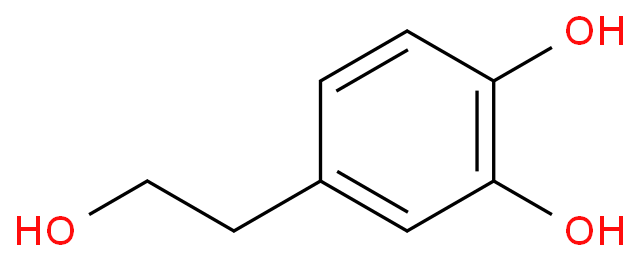
 EN
EN




